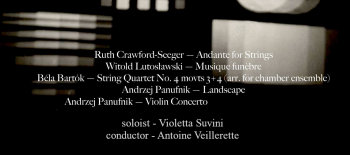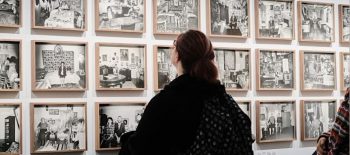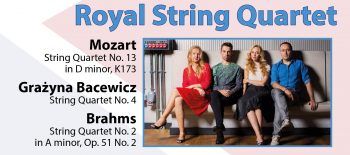Central Museum of Textiles in Łódź, joins European Route of Industrial Heritage
The White Factory, a classicist building in Łódź, constructed in 1835–1839 to host a textile factory and which currently hosts the Central Museum of Textiles, has become part of the European Route of Industrial Heritage. The title is bestowed on places of particular historical and touristic signficance. It is the third place in the city of Łódź on the European Route of Industrial Heritage, alongside Manufaktura and EC1.

The White Factory – a building complex – was built in the 1830s by a German factory owner Ludwik Geyer. It was one of the first centres of the textile trade in Poland.
You can find out more about the history of the White Factory in English here:
Historia – Biała Fabryka Ludwika Geyera (cmwl.pl) and here: White Factory – Wikipedia
The buidling is a symbol of the Łódź‘s textile-making history and one of the most well-known post-industrial buildings in Poland and is attracting more and more tourists from Poland and abroad.
The history of Łódź industry is illustrated through two permanent exhibitions: “City – Fashion-Machine”, devoted to the rise and fall of Łódź as a centre of the textile industry as well as “Microhistories. Łódź and its People”, detailing the tempestous story of the city from the perspective of its inhabitants.
The museum is a place that joins together a history of the technique and industry with art, desgn, fashion, the history of the region and cultural anthropology.
The act of accession to the European Route of Industrial Heritage was formally awarded to the director of the Central Museum of Textiles, Aneta Dalbiak, by the President and Vice-President of the Association of the European Route of Industrial Heritage during the 12th annual ERIH Forum which took place in Łódź between the 20-22 of September.
The European Route of Industrial Heritage aims to promote the divesity and atrractiveness of European industrial heritage, encourage city toruism as well as educate about the industrial revolution and biographies of entrepreneurs and factory owners.
The route leads to Poland through Great Britain, Belgium, the Netherlands, Luxembourg and Germany and is comprised of over 300 diverse sites from 27 countries, so called anchor points of the trail which have a unqiue meaning for the history of European industry.
In Poland, there are 11 anchor points.
The Central Museum of Textiles in Łódź joins such sites as the Flemish Coal Mining Museum, the Heineken Brewery in Amsterdam or the Welsh Slate Museum. In Poland, sites include the Old Mine in Walbrzych, the Guido Mine in Zabrze, Tychy Brewery Museum and Zywiec Brewery Museum.
Find out more about the Central Museum of Textiles from their website:



